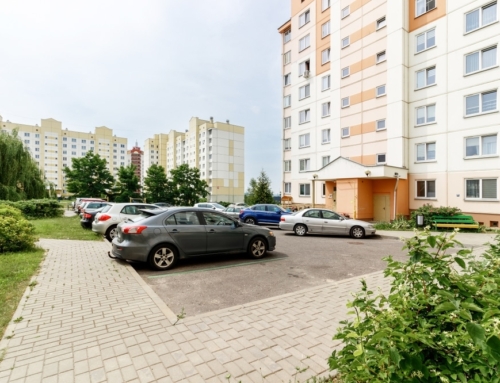Multigenerational housing saves families money and keeps households together with advantages for each generation. NextGen by Lennar Homes is an example.
Q: I read your article this morning about NextGen by Lennar Homes. I went to Lennar’s website and checked out the floor plans.
Although having multi-generational units is a great idea, the “extra” floor plan is not suitable for the elderly or handicapped. With a few tweaks and more thoughtful planning it could be.
For instance, the bathroom is a nightmare. However, to get it right I’m certain the builder would charge a lot to ‘upgrade’ these changes. I just don’t get it. Why do builders today refuse to implement universal design with all ages in mind?
And here’s another issue: Builders need to stop charging extra for people that need universal design. Right now there is so much good research, information and great, innovative products available to designers and builders. They appear only interested in the bottom line. I see nothing really innovative in NextGen.
A: I don’t disagree that builders don’t seem to go all the way when it comes to universal design. I’m not sure why that is either. It would seem that if you’re designing a doorway, you could easily design it to accommodate wheelchairs of most sizes. If you’re building a bathroom, you could install grab bars. However, those design elements sometimes turn off other homeowners.
In addition to a modest cost differential there could be resistance by some home buyers to living in a home that feels a little different from what they are used to. Perhaps this is what drives builders to keep the status quo.
The reason I wrote about this is to highlight a trend in new construction that reflects a substantial change in how we live. The Great Recession has forced families to come together in congregate living arrangements that might be sub-optimal. It wasn’t by choice that extended family members moved into a single dwelling, but extreme necessity.
Roughly 1 million independent households failed to form over the past few years as young people came home after college, and were joined by their aunts and uncles, grandparents and even older siblings. In addition, the so-called sandwich generation has been inundated by adult children moving home after college or graduate school while elderly parents and relatives come home to be cared for.
Multigenerational housing that meets the needs of several independent family units who happen to live together is a smart way to save money and has benefits and advantages, even if it isn’t always executed correctly.
Builders that survived this economic hurdle have noticed the trend toward multigenerational housing and are preparing products that could serve this growing niche. That’s why, now that the economy is slowly improving, you’re seeing builders like Lennar create new home products like NextGen.
And while NextGen may not be perfect (or perfect for you), it does seem to have resonated with a significant number of buyers.
Thanks for your comment.






Leave A Comment